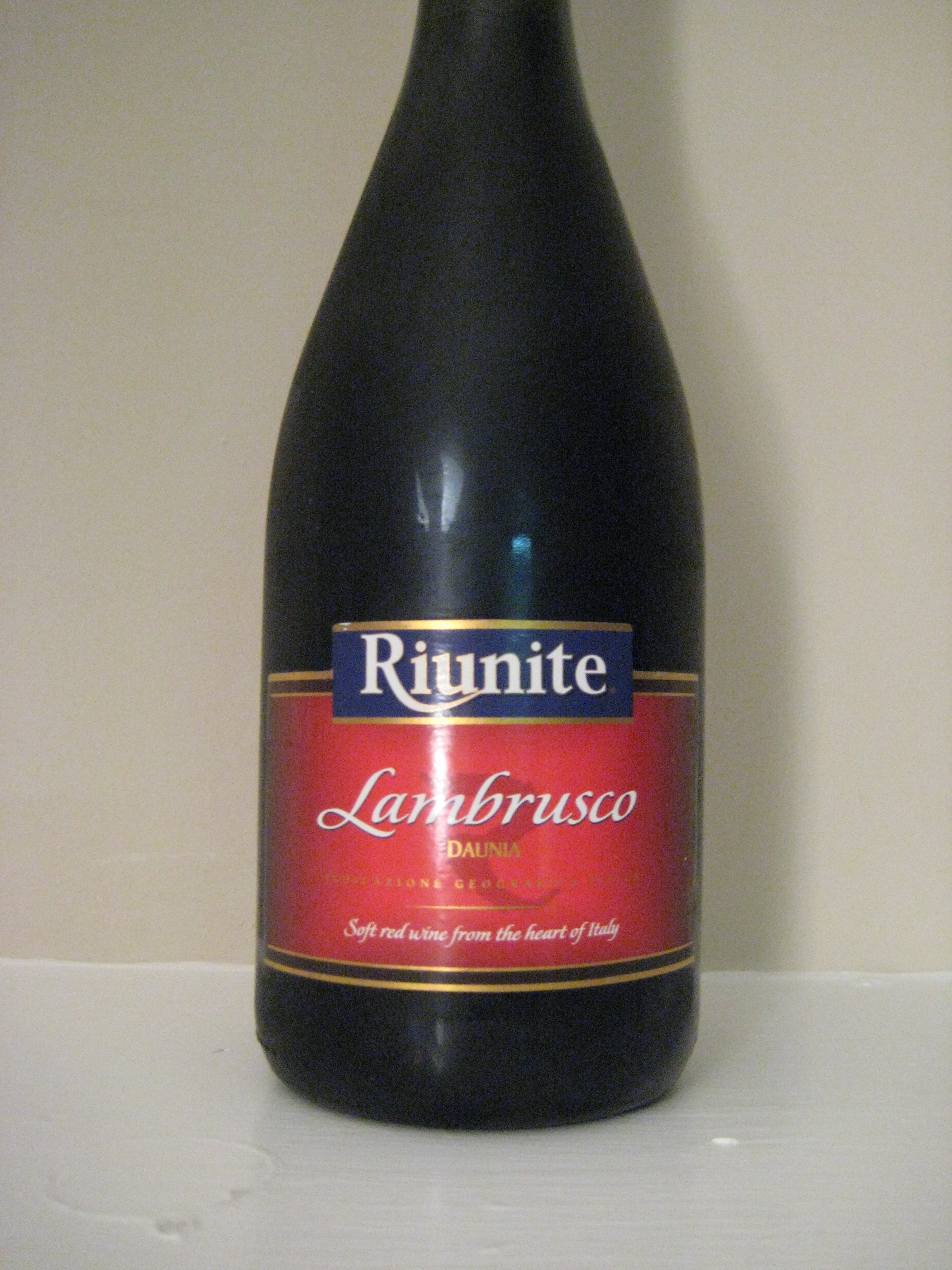
The cookie is set by the GDPR Cookie Consent plugin and is used to store whether or not user has consented to the use of cookies. The cookie is used to store the user consent for the cookies in the category "Performance". This cookie is set by GDPR Cookie Consent plugin. The cookie is used to store the user consent for the cookies in the category "Other. The cookies is used to store the user consent for the cookies in the category "Necessary".

The cookie is set by GDPR cookie consent to record the user consent for the cookies in the category "Functional". The cookie is used to store the user consent for the cookies in the category "Analytics". These cookies ensure basic functionalities and security features of the website, anonymously. Necessary cookies are absolutely essential for the website to function properly. This aids fertilization on sandy alluvial soils. Its vines are often planted with those of Lambrusco Salamino. This results in the grapes having more concentrated flavors, so what it lacks in quantity is easily made up in quality. The vine drops its flowers, reducing yields. The Lambrusco di Sorbara grapes’s most distinctive feature is its flowering anomaly. The wines may undergo second fermentation either in bottle or in pressurized tanks. They feature a specific clone of the Lambrusco red wine grape variety, named after the village. The wines come in frizzante and spumante forms, and in various levels of sweetness.

It has some similarities to Lambrusco Salamino but produces a darker and more full-bodied wine. The Sorbara is regarded as the highest-quality Lambrusco wine, mainly due to its more concentrated taste. It is situated north of Modena near the village of Sorbara in northern Italy’s Emilia-Romagna region.

Lambrusco di Sorbara DOC is a red or rosé sparkling wine appellation that was awarded its DOC classification in 1970.


 0 kommentar(er)
0 kommentar(er)
